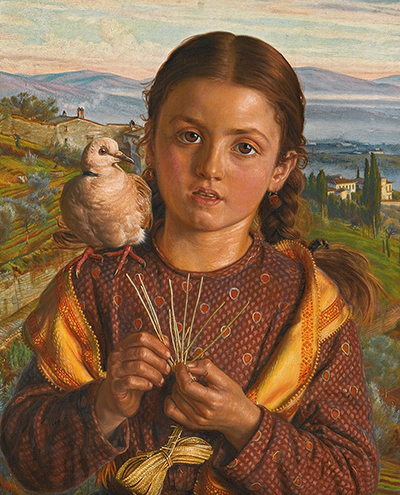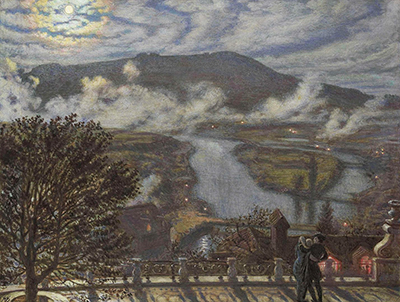William Holman Hunt aimed to express important spiritual ideas in his paintings through the use of completely natural methods and a selection of his finest work is included here for your enjoyment.
He and other members of the Pre-Raphaelite Brotherhood turned away from the techniques which were being used to create art during their time. He embraced the beauty of line and form that was evident in work that was done before Raphael's period. This artist built up another way to deal with painting human figures and landscapes. His procedure was based on the use of splendid, clear hues on a white ground. This was in sharp contrast to the preferred style of the time, which was to use a dim under painting. These new thoughts are exemplified in his composition The Eve of St. Agnes. That piece was inspired by Keats.
William Holman Hunt's preference for beautifully rendered lines is evident in The flight of Madeline and Porphyro and many of his other pieces. He had a preference for sketching so it is not surprising that he took this stance in his painting. Madeline and Porphyro started as a sketch. Spiritual values were important to Hunt. Along with his preference for solid shapes in his work, this helped to guide almost every piece he created. He constantly sought to be true to nature and true to life in his depictions of what he saw around him. None of the almost ghost like portrayals of the supernatural were meaningful to him. In his work, he decided to make supernatural themes as real and tangible as possible to the viewer by using Pre-Raphaelite techniques.
If we go back to the artist’s own lifetime, Holman Hunt was actually considered, first and foremost, to be a religious painter, rather than an integral member of the Pre-Raphaelite Brotherhood, which receives much more focus today. Many accounts have been uncovered that explain of the popularity of his exhibitions in London. Even a Charles Dickens' hatter was struggling with the parking arrangements which prevented his other customers from reaching his shop. There was also a particularly varied cross section of society who turned up to see his paintings, including groups of children in school visits as well as many connected to the Church. In being considered traditional, this was not ideal nor fashionable at that time, with a movement in tastes towards the avant-garde instead. Despite that, his own career retained plenty of followers throughout his own lifetime.
Whilst completing many religious artworks, such as The Light of the World, the artist regularly questioned the teachings of his childhood’s religious upbringing, much to the unease of some of his close friends. Rossetti, for example, was embarrassed at times by his behaviour in places of worship when they travelled around Europe together. He would eventually leave the Roman Catholic Church behind and became a Protestant. He remained uncomfortable with many elements of religion for the rest of his life and always saw a broader picture across all monolithic religions, rather than the blinkered view of many religious believers. It concerned him that so many people with so much in common could genuinely despise each other just because they were a part of a rival religion. It is possible that following a new journey as a Protestant enabled him a greater feeling of freedom within his life and also his artistic career. He was immediately installed as the preeminent artist of this religious persuasion, though his conversion meant he would never be entirely accepted by some members of that community.
William Holman Hunt was notoriously single-minded, treating obstacles to success with determination. He continually took on ambitious plans in order to show others just what was possible, rather than satisfying himself with the status quo. This helped him towards a variety of content within his oeuvre, although much of it has been relatively forgotten in recent years. One has to research in detail in order to uncover some of the lesser known paintings from his career. His movement away from the norm did find it harder to acquire interested buyers, however, particularly so in the earlier periods of his career. Ultimately, he had chosen to produce art in the way that he wanted to, rather than in the way that earns him the most money. This decision was entirely in line with his steadfast character and proved essential in helping him to forge his own unique artistic path.



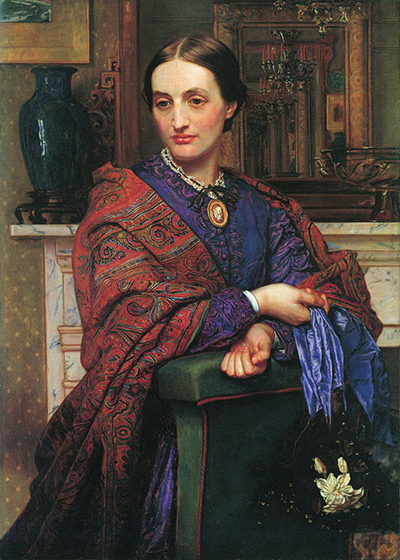
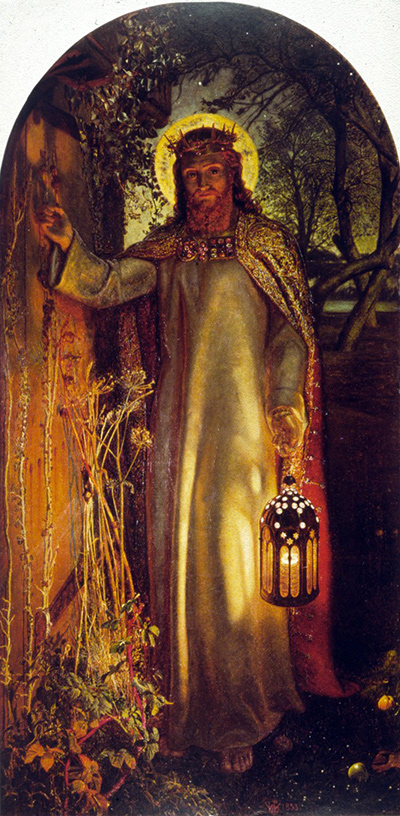
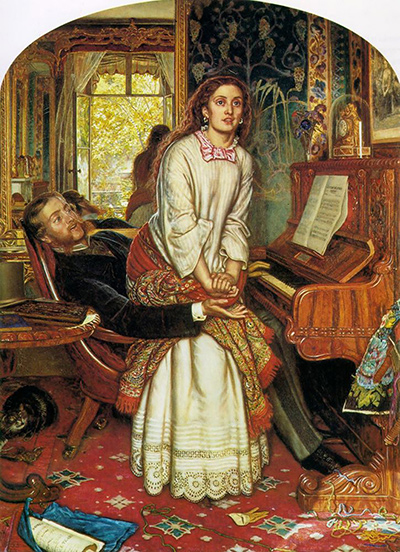
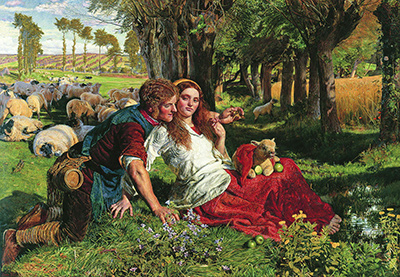
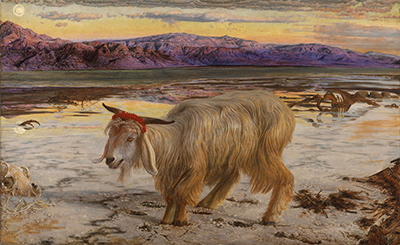
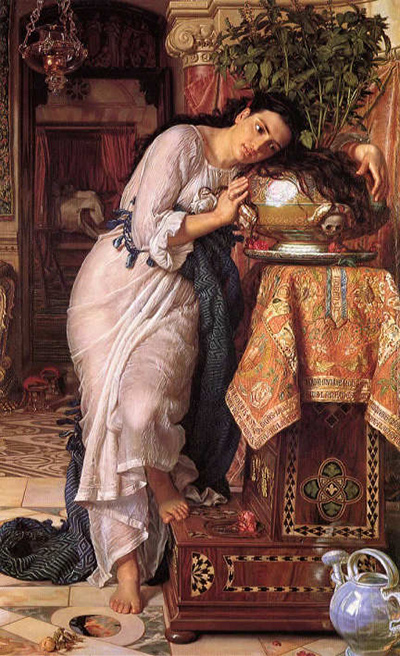
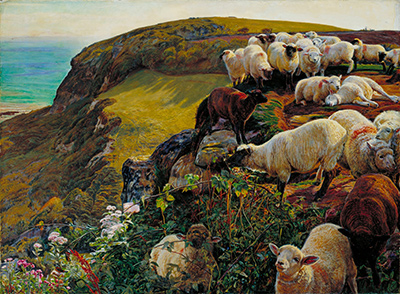
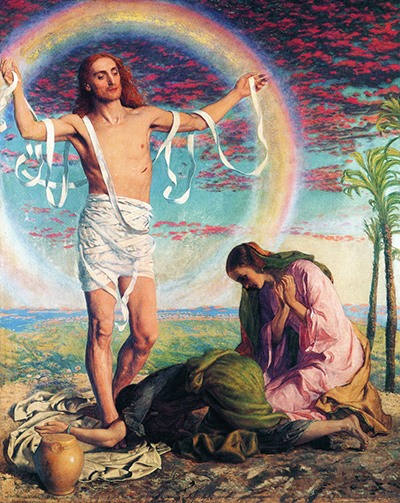
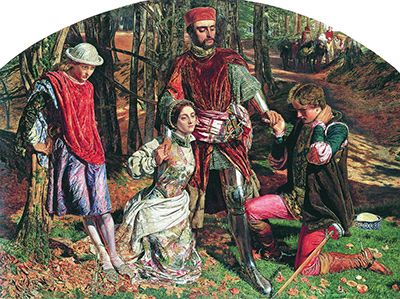
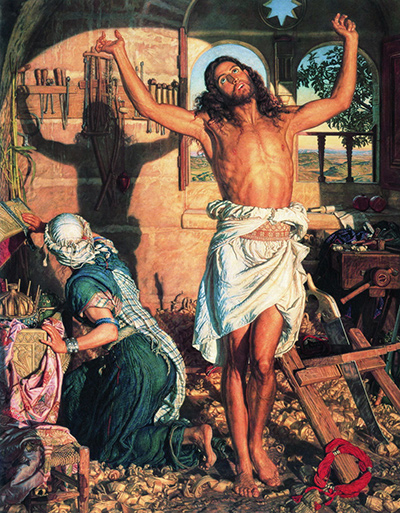
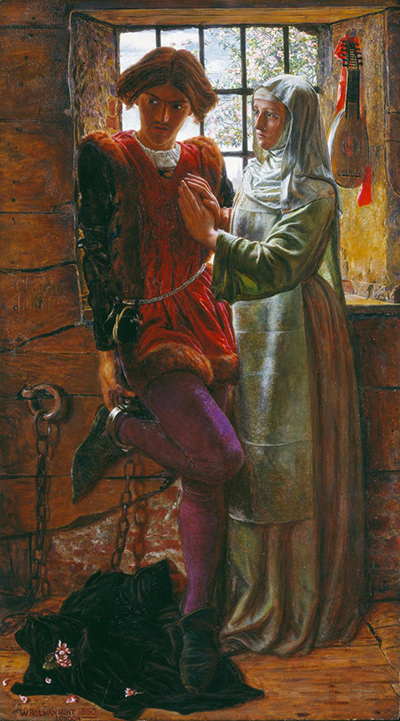
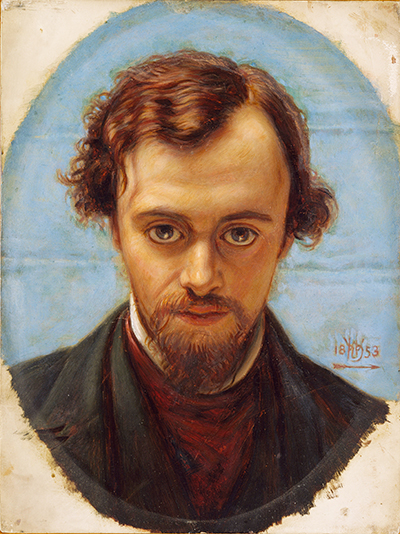
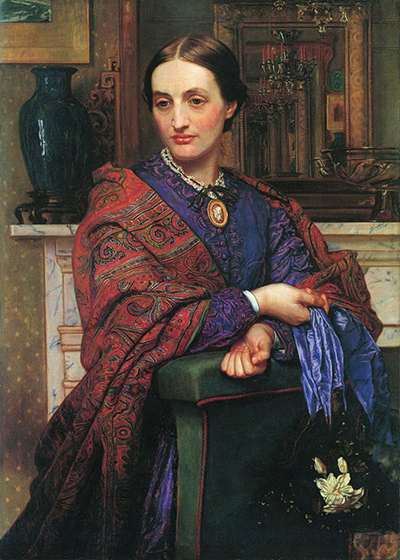
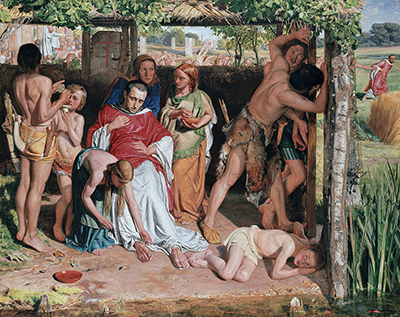
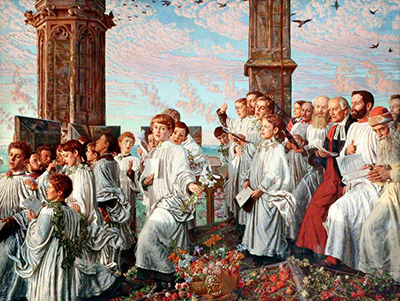
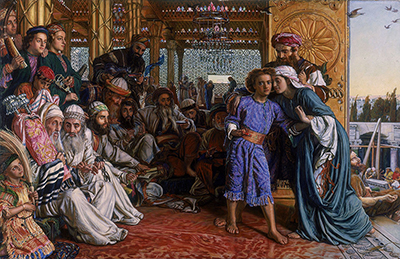
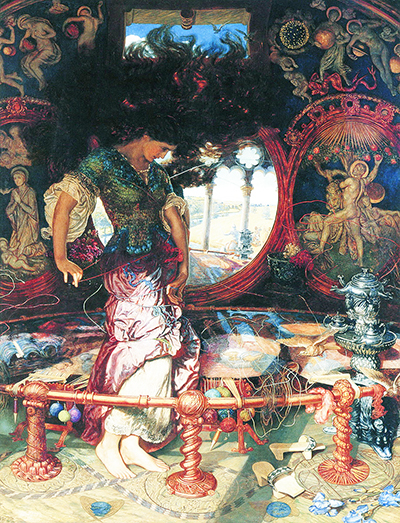
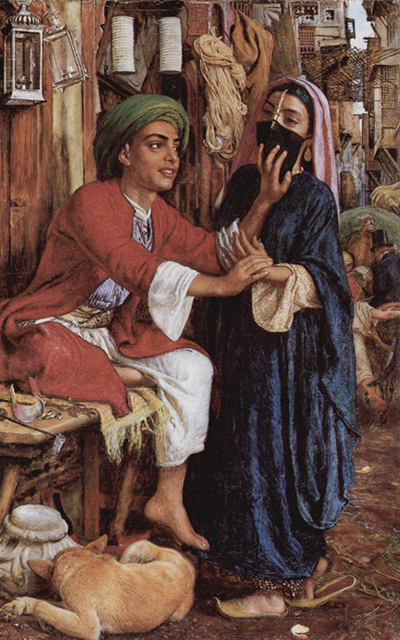
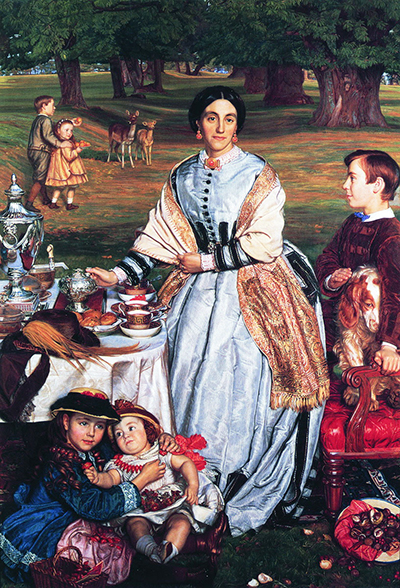
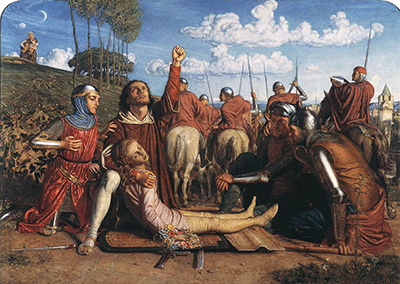
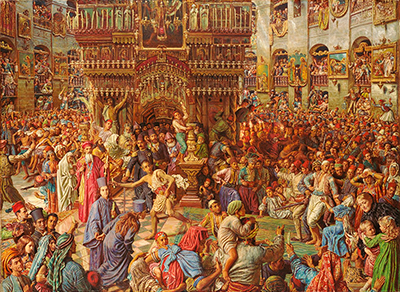
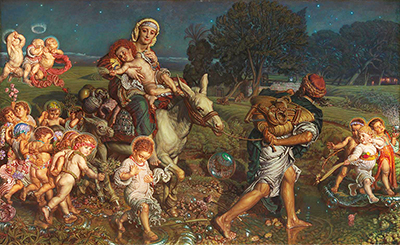
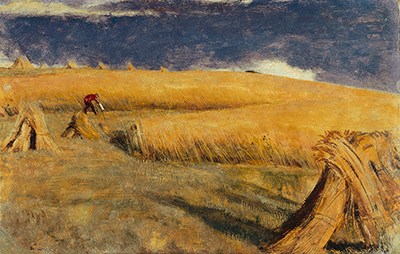
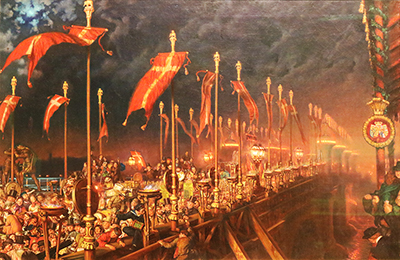
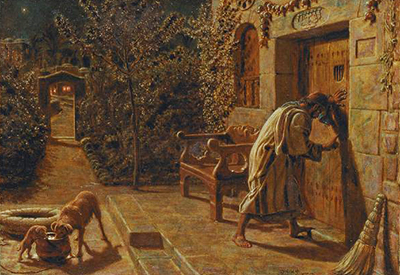
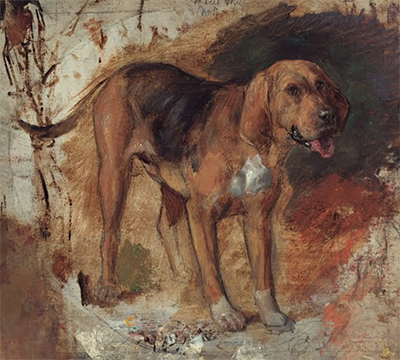
 William Holman Hunt.jpg)
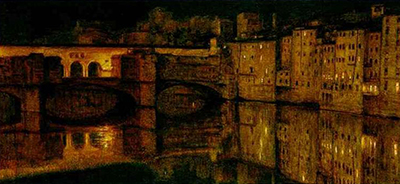
 William Holman Hunt.jpg)
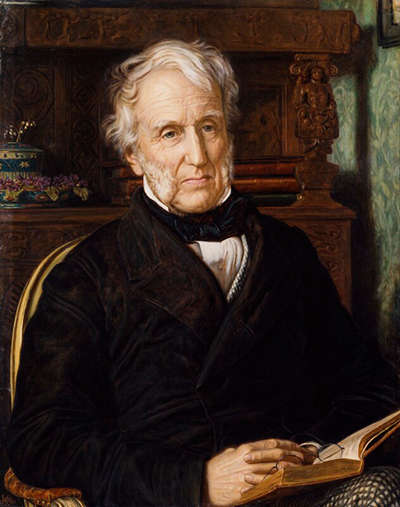
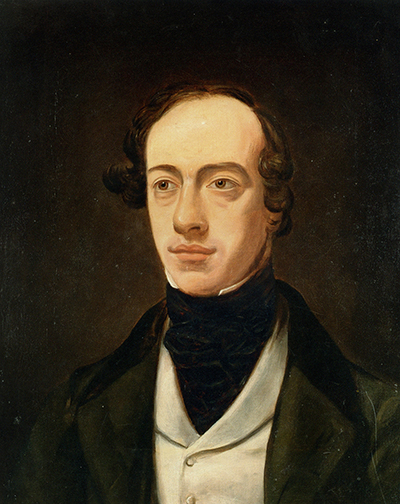
 William Holman Hunt.jpg)
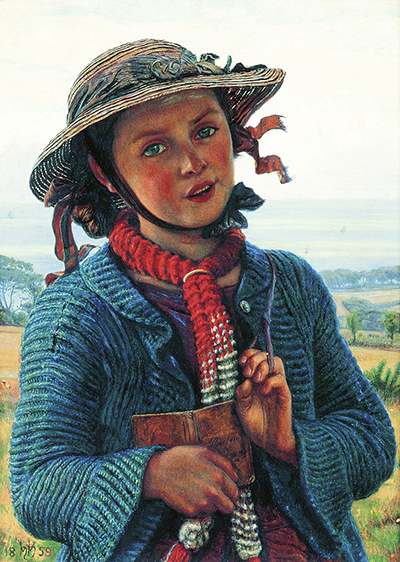
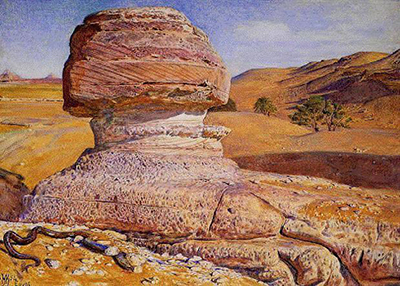
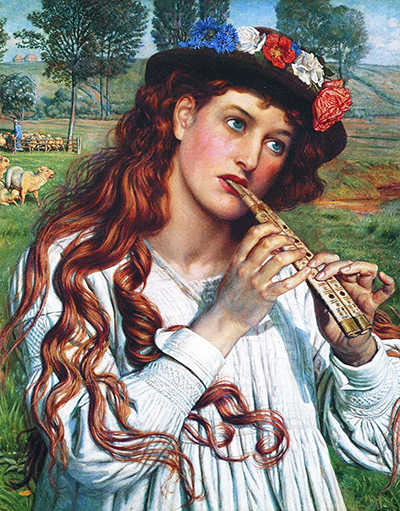
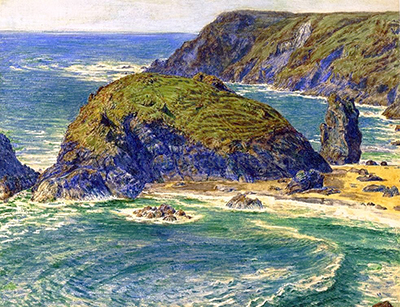
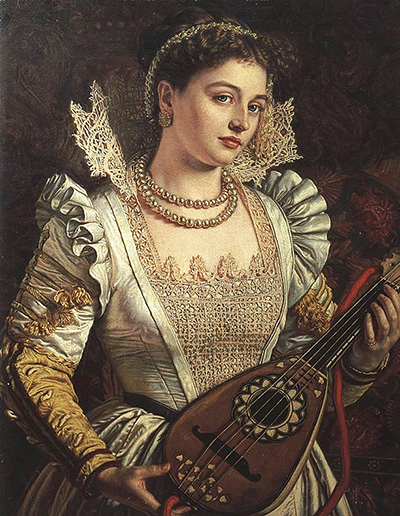
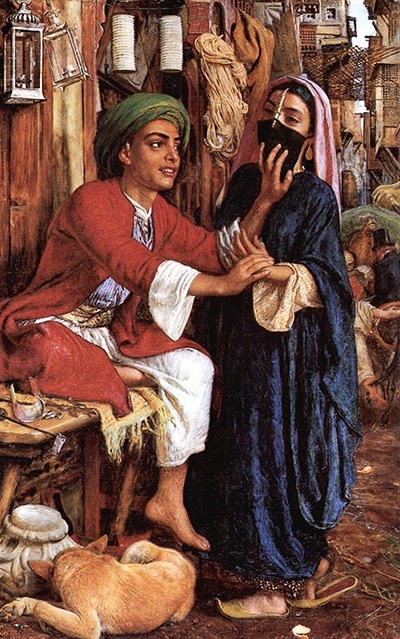
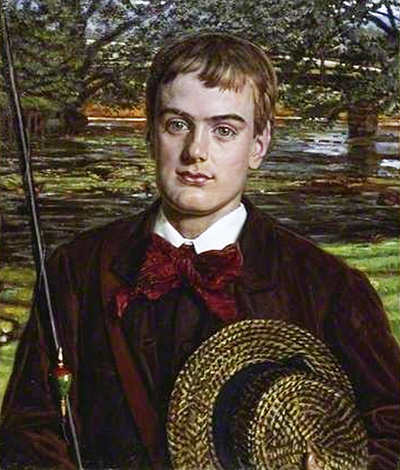
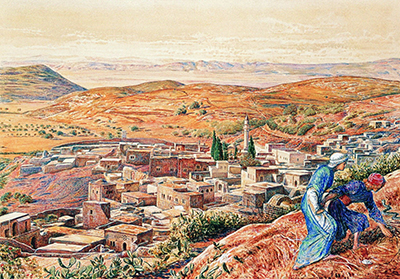
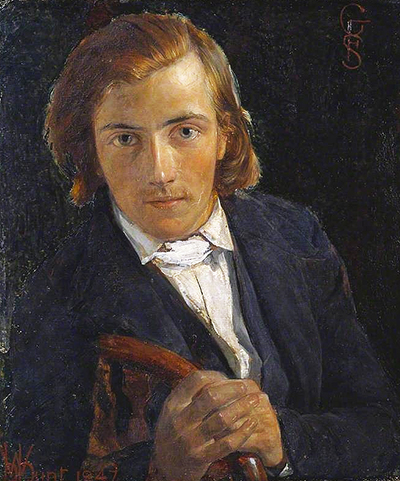
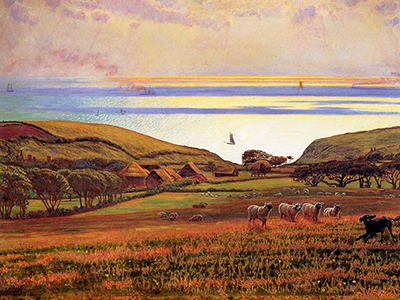
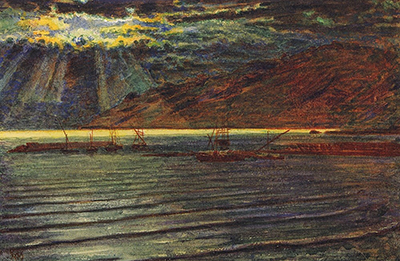
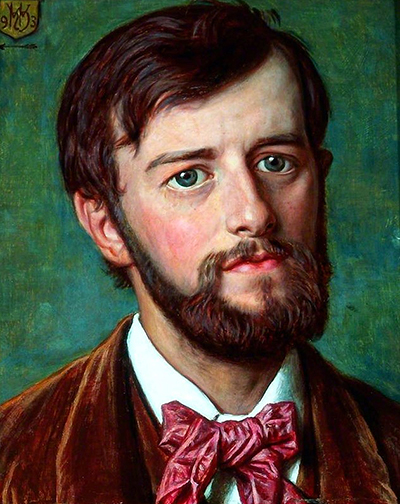
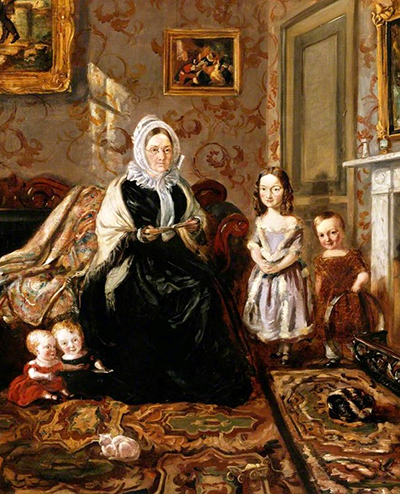
 William Holman Hunt.jpg)
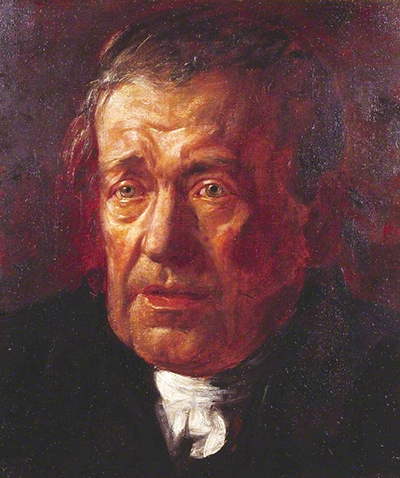
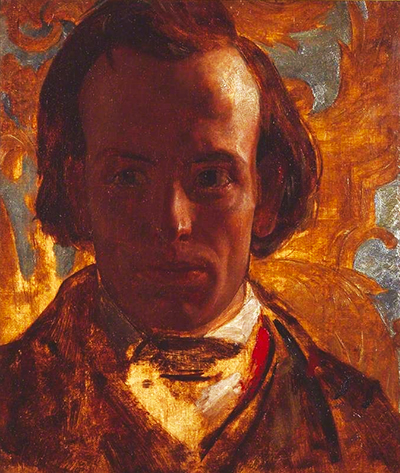
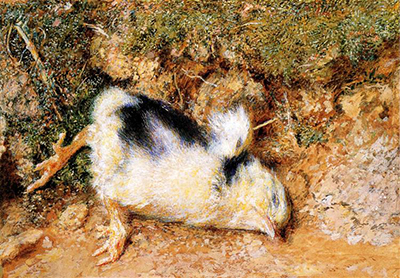
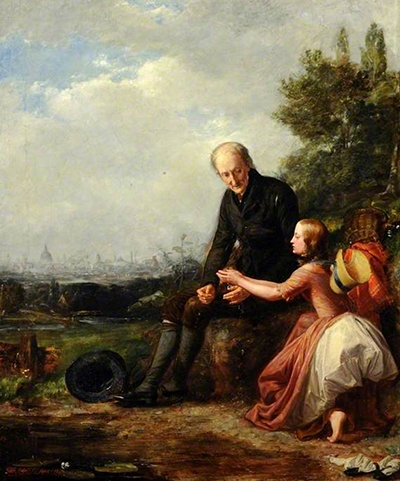
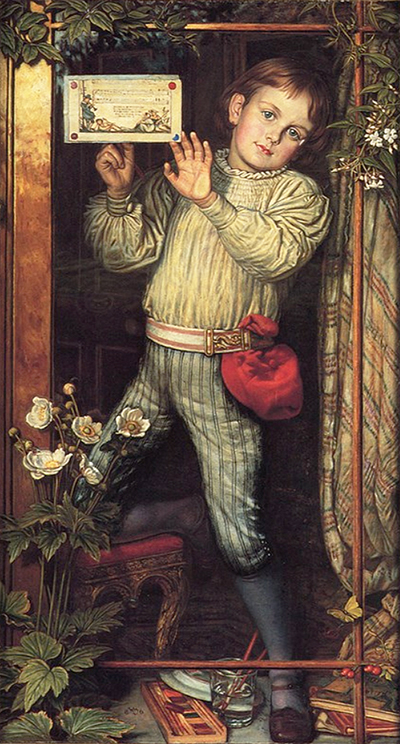
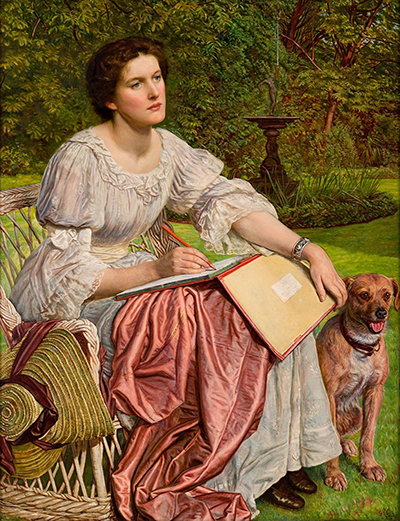
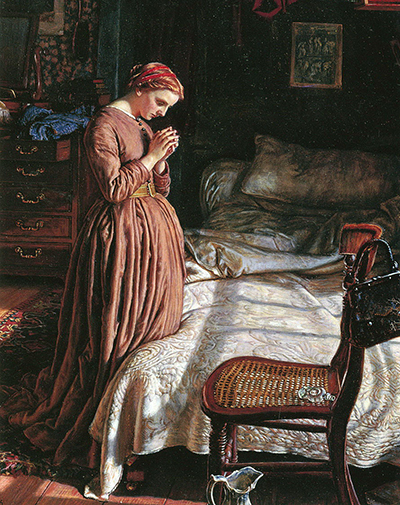
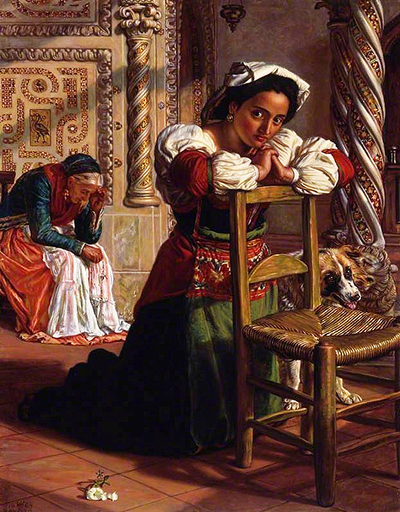
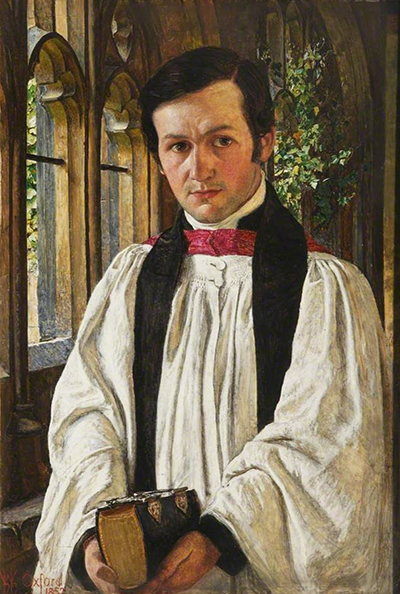
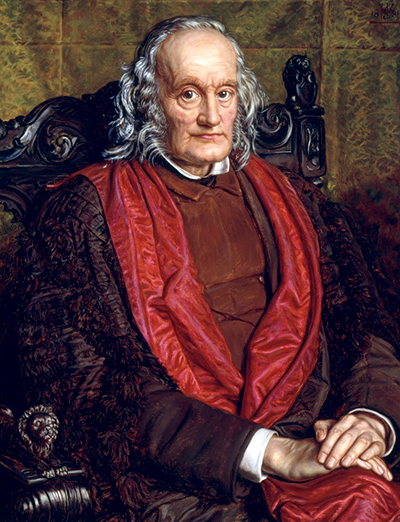
 at the Age of 14 William Holman Hunt.jpg)
 William Holman Hunt.jpg)
 William Holman Hunt.jpg)
 William Holman Hunt.jpg)
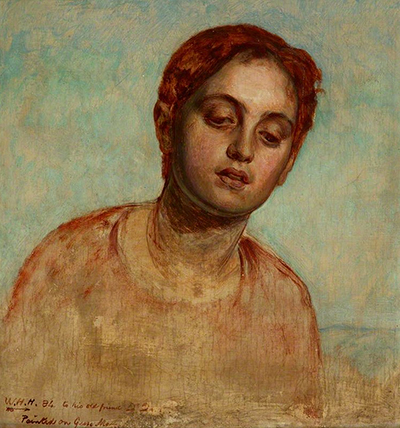
 William Holman Hunt.jpg)
 William Holman Hunt.jpg)
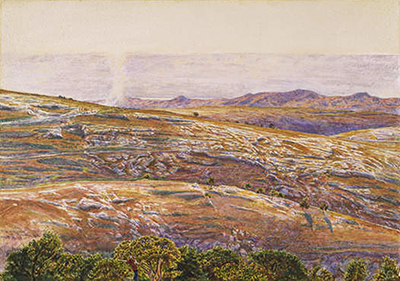
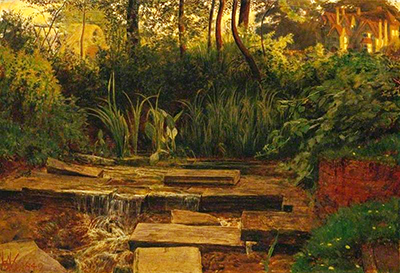
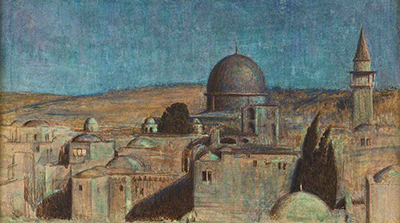
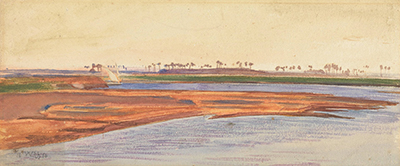
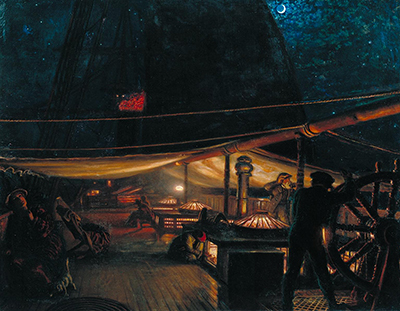
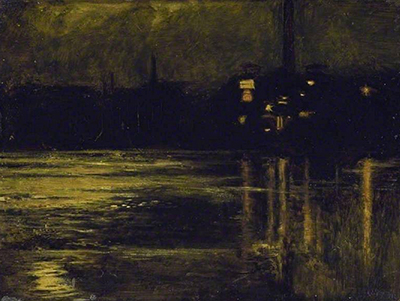
 William Holman Hunt.jpg)
